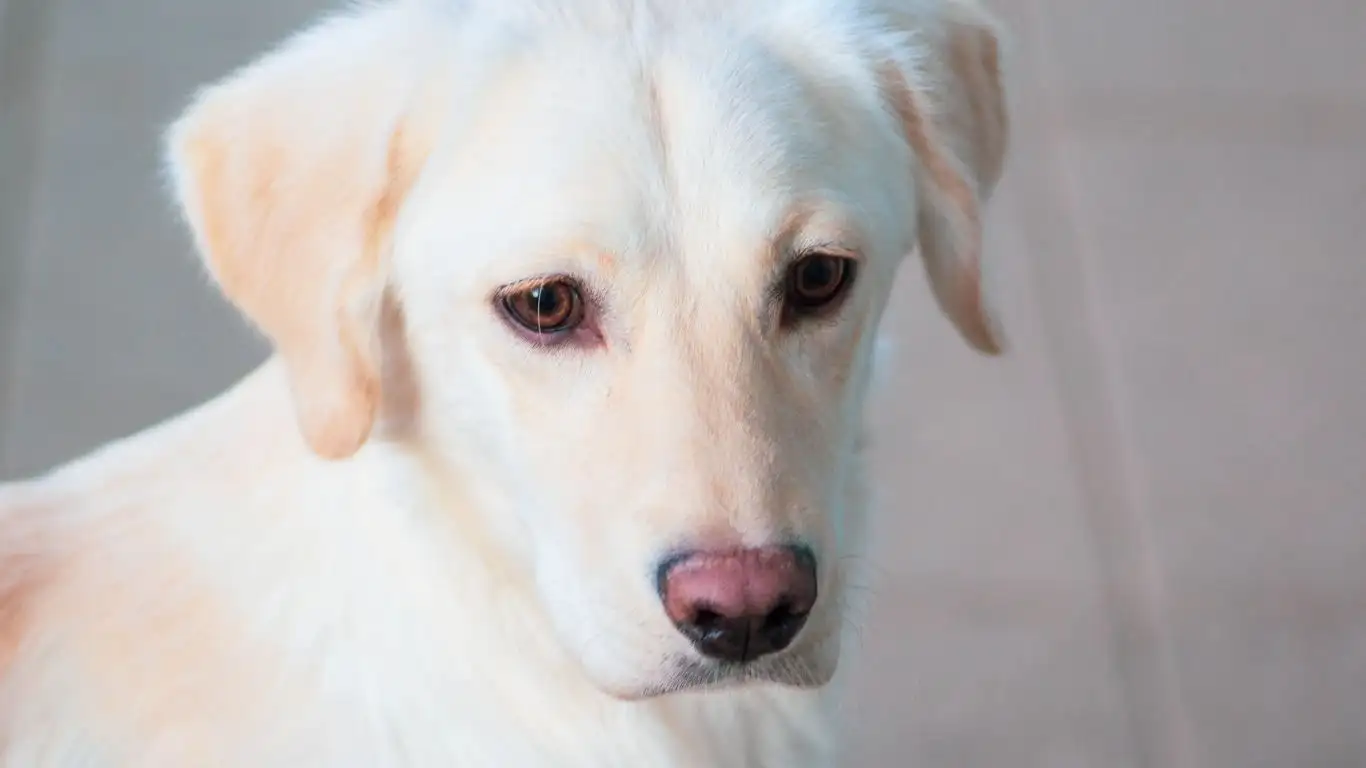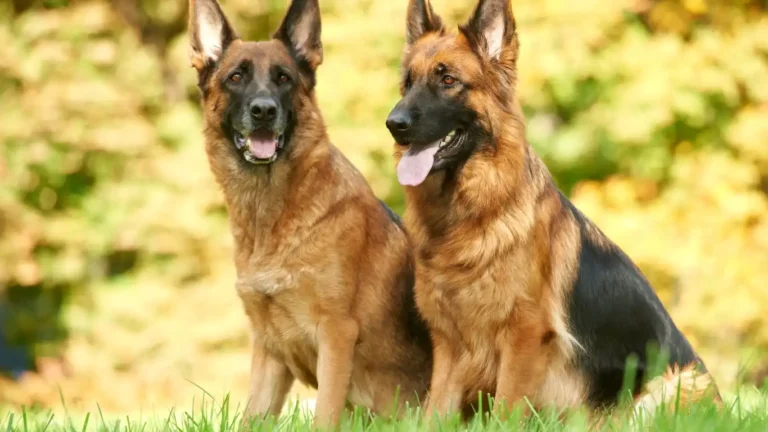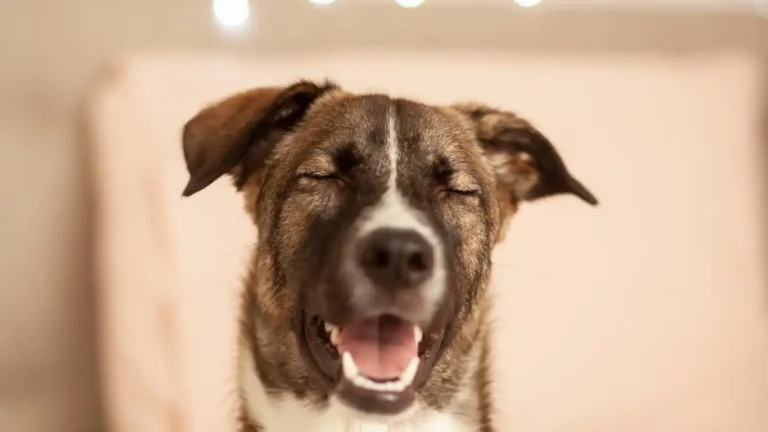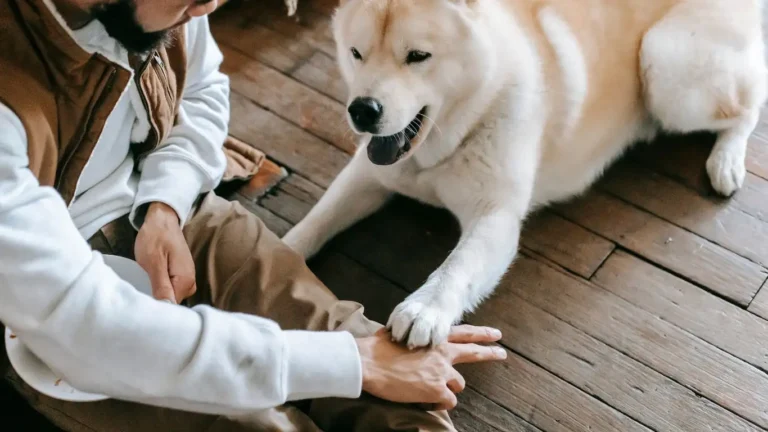How to Prevent Dog Anxiety When Moving: Expert Tips for a Smooth Transition
Moving to a new home is a big event, not just for you, but for your furry friend too! As a Pet Nutritionist and pet care expert in veterinary clinics, I’ve seen firsthand how stressful this transition can be for dogs. They thrive on routine, so when everything suddenly changes—the smells, the sounds, and even the people—they can feel overwhelmed and anxious. If you’re wondering how to prevent dog anxiety when moving to a new home, you’re not alone. Many pet parents struggle with this challenge, and it’s essential to understand the steps you can take to make this process smoother for your four-legged companion.
Understanding Dog Anxiety During a Move

Before we dive into tips and tricks for preventing anxiety, let’s first explore why dogs experience stress during a move. A move represents a complete disruption of everything they know, from their favorite napping spots to their familiar routine. Dogs are creatures of habit, and the unfamiliarity of a new environment can lead to a variety of anxious behaviors, such as excessive barking, drooling, or even destructive chewing. You may also notice changes in their eating or sleeping patterns.
Additionally, dogs are highly sensitive to their owner’s emotions. If you’re feeling stressed or anxious about the move, your dog is likely to pick up on that energy. This is why it’s so important to not only help your dog cope with the move, but to also take care of your own mental health during this period.
How Your Dog May Show Signs of Anxiety
It’s important to recognize the signs of anxiety so you can address them early on. Some common symptoms include:
- Excessive barking: Dogs may bark more than usual as a way of expressing their discomfort.
- Destructive chewing: This is a common stress response, especially if your dog feels unsettled in their new space.
- Pacing or restlessness: Anxiety often manifests as physical agitation.
- Changes in appetite: A stressed dog may eat less, or even overeat, due to emotional turmoil.
- Increased shedding: Some dogs shed more when they are anxious or stressed.
Identifying these behaviors early on can help you address them more effectively and prevent them from becoming worse.
Preparing for the Move: Setting the Stage for a Stress-Free Transition
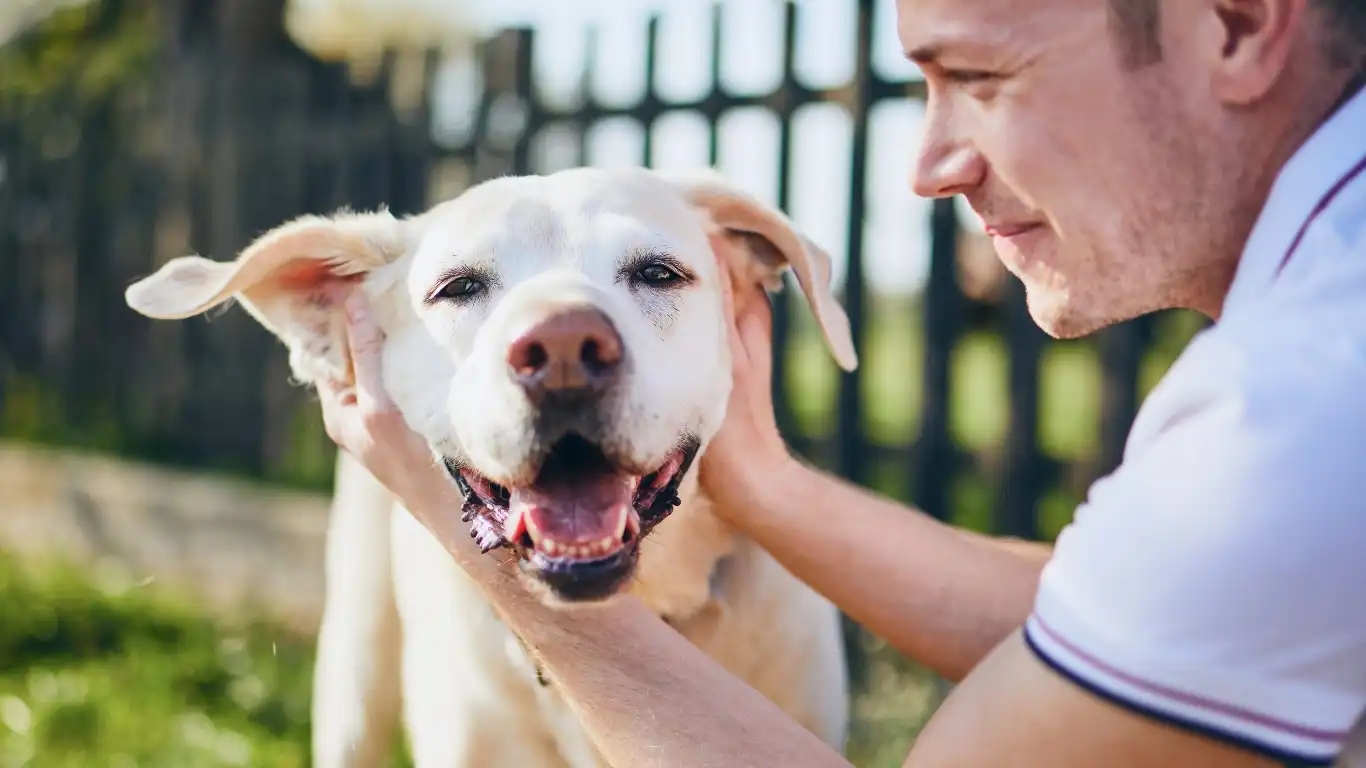
One of the best ways to prevent dog anxiety when moving to a new home is to prepare ahead of time. Just like humans, dogs feel more secure when they know what to expect. Here are some practical steps to help your dog feel comfortable during the transition:
1. Familiarize Your Dog with the New Environment
If possible, take your dog to the new house before the official move-in day. This allows them to explore the space and start getting used to the new smells, sounds, and sights. Walk them around the property, allow them to sniff and investigate, and let them see the new home from a safe distance. If you’re moving to a completely new neighborhood, make sure to bring your dog for walks around the area as well. Familiarity can go a long way in reducing anxiety.
2. Create a Safe Space for Your Dog
In your new home, establish a designated “safe space” for your dog. This could be a corner of a room or a crate where your dog feels secure. Place their bed, favorite toys, and some water in this area to make it cozy and familiar. Having a designated space where your dog can retreat to when they feel overwhelmed can help them feel more grounded during the upheaval.
3. Keep Their Routine Consistent
Dogs thrive on routine, so try to keep their daily schedule as consistent as possible during the move. Stick to the same feeding times, walks, and bedtime routines. Consistency will help your dog feel more secure, even if everything around them is changing. If you have a regular walking route or time that they love, try to keep it the same as much as possible.
4. Pack Your Dog’s Belongings Last
When you’re packing up your house, try to leave your dog’s belongings (their bed, toys, food, and water dishes) until the very end. If you pack these items too early, it can leave your dog feeling unsettled. Having their familiar items around will provide them with comfort and reassurance during the process.
Handling the Day of the Move
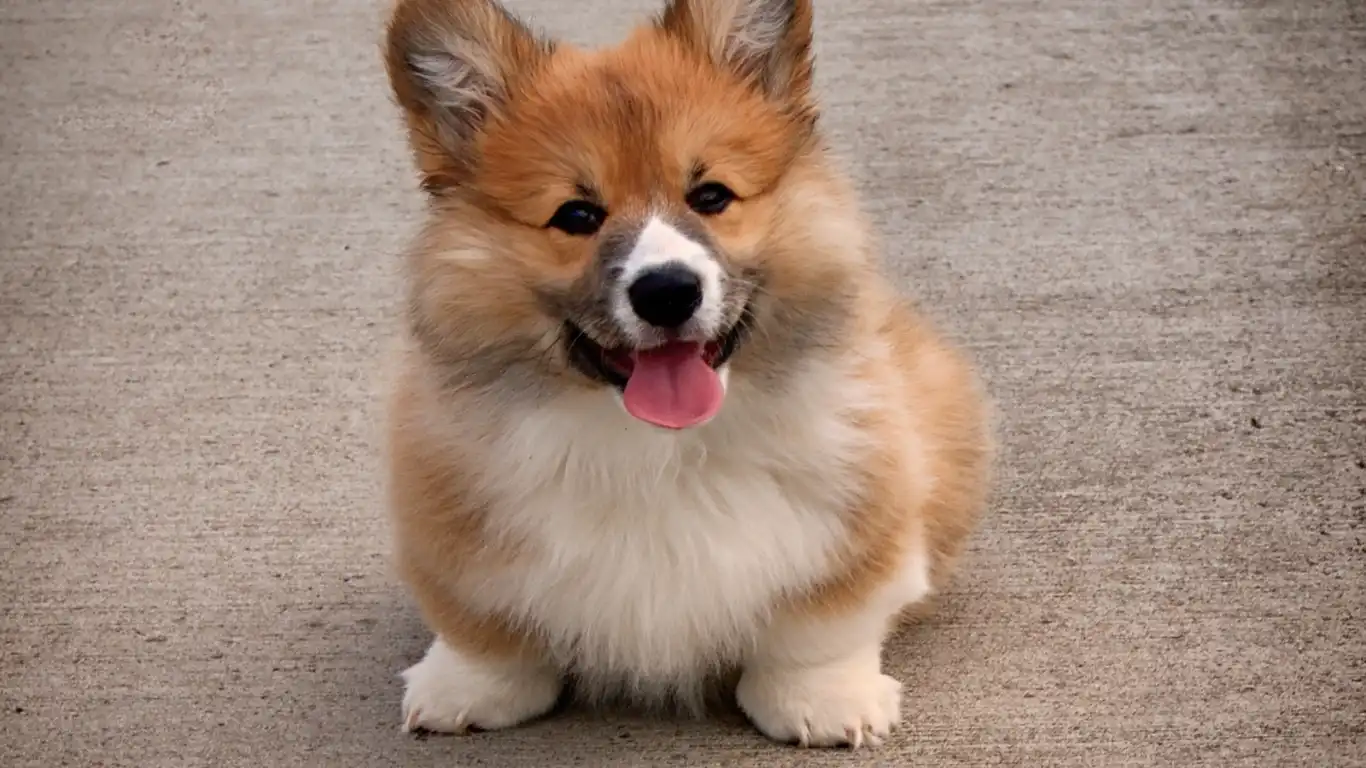
Moving day can be especially chaotic, and it’s easy for your dog to get caught up in the whirlwind of activity. The noise, commotion, and unfamiliar faces can all contribute to stress. To minimize anxiety, try these tips:
5. Keep Your Dog in a Quiet, Safe Space
On the day of the move, consider setting up your dog in a quiet, familiar room away from all the commotion. This could be a bedroom or even a bathroom with their favorite things to keep them calm. You could also ask a friend or family member to look after your dog during the busiest part of the move, which will reduce the stress of constant noise and people coming in and out of the house.
6. Transport Your Dog Carefully
When it comes time to transport your dog to the new home, make sure they’re comfortable and secure. If you’re driving, keep them in a crate or with a seatbelt harness. A familiar blanket or toy in their crate can provide comfort during the trip. Try to keep the car ride calm by avoiding loud music or distractions. If your dog experiences motion sickness, make sure to prepare for that by speaking with your vet beforehand.
7. Take Breaks During the Move
Don’t forget to give your dog breaks during the move, especially if it’s going to be a long day. Give them a few minutes to stretch their legs, drink some water, and use the bathroom. Even a short break can make a big difference in how your dog copes with the day’s events.
By preparing ahead of time and considering your dog’s needs, you can reduce anxiety and make the move to your new home a lot smoother for both you and your pet. In the next section, we’ll dive deeper into strategies for making the first few days in your new home as calm and stress-free as possible for your dog. Stay tuned!
Settling In: The First Few Days in the New Home
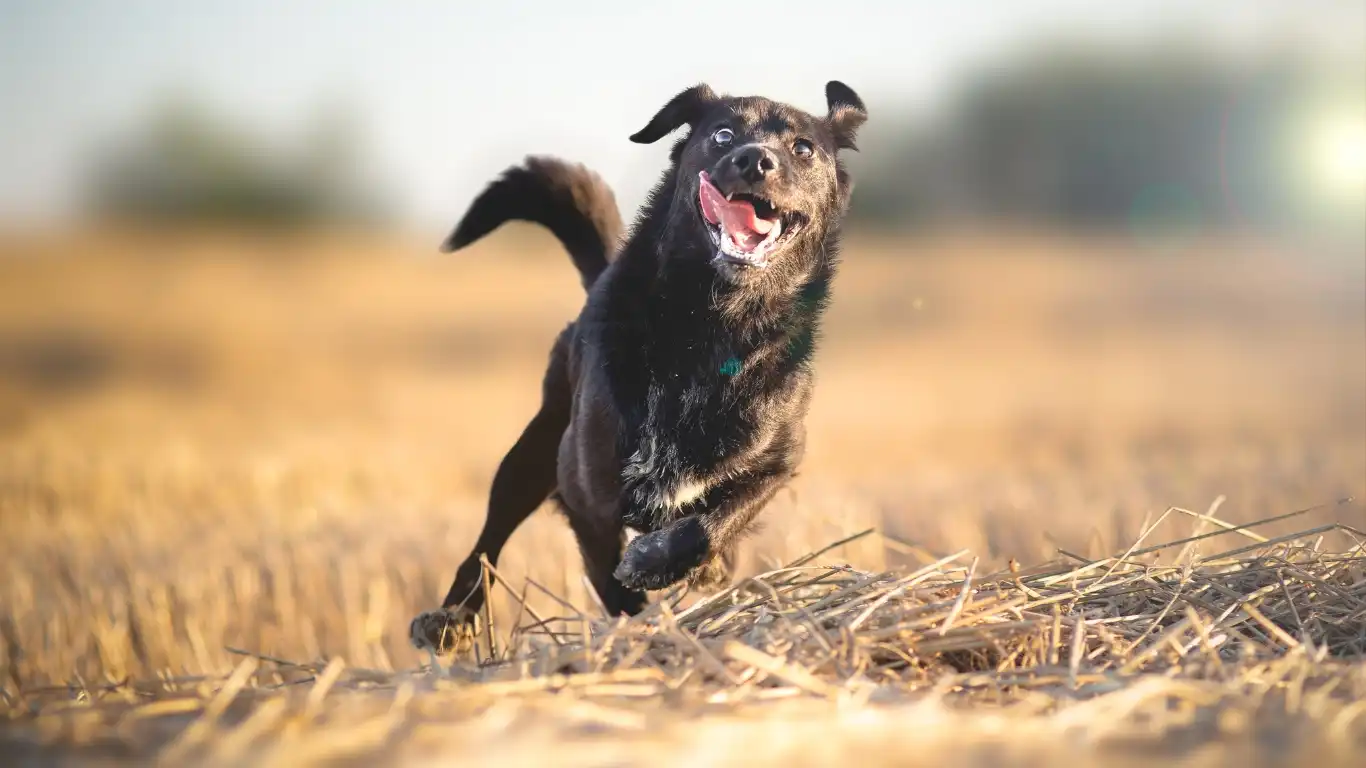
Now that you’ve successfully moved into your new home, it’s time to focus on helping your dog adjust to their new surroundings. The first few days can be just as stressful for your pet as the actual move. As someone who’s worked with dogs in veterinary clinics and as a pet nutritionist, I can tell you that this is a crucial period to establish comfort and calm for your dog. It’s essential to keep their routine consistent, as mentioned earlier, but there are additional things you can do to make them feel more at home.
1. Introduce Your Dog to Different Rooms Slowly
Once you’ve settled in, avoid letting your dog explore the entire house all at once. This can overwhelm them, especially if the new house feels much larger or different than what they’re used to. Instead, introduce them to one room at a time. Let them explore gradually, giving them time to adjust to the sounds and smells of each space. Once they seem comfortable in one room, move on to the next. This controlled approach can help them feel more secure.
2. Maintain Familiar Scents
Your dog’s sense of smell is incredibly powerful, and familiar scents play a big part in helping them feel at ease. If you can, bring over some items that smell like your old home. A blanket, a cushion, or even an old piece of clothing with your scent can provide your dog with a sense of familiarity. It’s one of those simple tricks that really works wonders. I’ve seen so many dogs relax just by having something comforting in their new space, and it’s one of the first things I recommend to pet parents moving to a new place.
3. Provide Plenty of Mental Stimulation
During the adjustment period, your dog may need a bit of a distraction to help calm their nerves. Mental stimulation is a great way to keep them occupied while reducing anxiety. Puzzle toys, treat dispensers, or even new training games can keep their brain engaged and distracted from any stress they might be feeling. Plus, it’s a great way to bond with your dog while they learn to navigate their new environment. If your dog has certain toys that they associate with relaxation, definitely bring those out to help them settle in.
4. Give Your Dog Extra Attention and Affection
It’s important to provide extra attention and affection during this transition period. While you’re busy unpacking and settling in, don’t forget to give your dog some one-on-one time. Cuddling, playing, or simply sitting with them while they relax can go a long way in helping them feel secure. If you’re feeling overwhelmed or stressed, take a moment to just be with your dog. They can sense when you’re calm and when you’re anxious, and being there for them can provide a sense of stability during a time of uncertainty.
Signs Your Dog Is Struggling: What to Watch For

While every dog is different, there are a few signs that might indicate that your dog is still struggling with anxiety in their new home. Some of the behaviors you might notice include:
- Excessive barking or howling: While some barking is normal, a dog that’s constantly vocalizing may be trying to communicate their distress.
- Loss of appetite: If your dog isn’t eating for more than a day or two, it’s a clear sign they’re not feeling comfortable in their new space.
- Frequent accidents indoors: Dogs may have a hard time adjusting to a new environment and could revert to accidents if they’re feeling anxious.
- Clinginess or seeking constant attention: A dog that follows you around constantly or seems overly needy might be struggling with the changes.
If you notice any of these behaviors persisting for more than a few days, it might be a good idea to consult with a veterinarian or a professional dog trainer to assess the situation. Sometimes anxiety can develop into more serious issues if not addressed early enough, so it’s always better to be safe than sorry.
How to Help Your Dog Feel Secure in Their New Environment
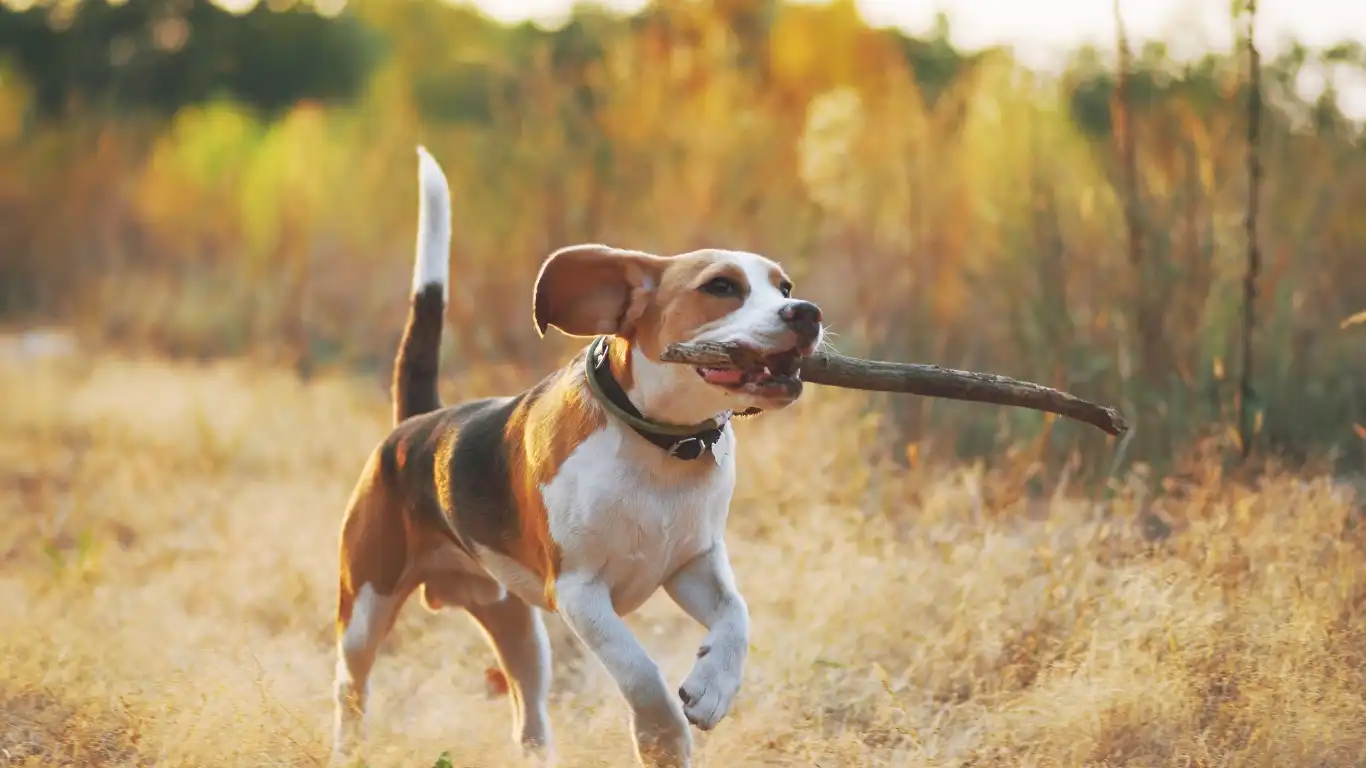
There are several things you can do to make your dog feel more at ease during the adjustment period. The goal is to recreate a sense of stability and security for them, even when everything around them is new and unfamiliar. Here are some tried-and-true strategies that have worked well in my experience:
5. Use Calming Aids
If your dog is really struggling with anxiety, you might consider using calming aids to help them relax. There are several products on the market, like calming collars, sprays, or even CBD oil, that can help alleviate stress. One product I’ve recommended to many clients is the Adaptil calming diffuser, which releases pheromones that mimic the comforting scent of a mother dog, helping to reduce anxiety. Be sure to check with your vet before introducing any new calming aids, though, to ensure they’re safe and appropriate for your dog.
6. Consistent Exercise and Outdoor Time
Exercise is a great way to help alleviate stress and anxiety in dogs. Regular walks and playtime will tire them out, which can make it easier for them to relax in their new home. Be sure to stick to your dog’s usual exercise routine, as this will help maintain a sense of normalcy. If your dog is hesitant about exploring the new neighborhood, start with short walks around the block and gradually increase the distance as they become more comfortable. The fresh air and physical activity will do wonders for both of you!
7. Keep Noise Levels Low
After the move, try to keep noise levels in your home low, especially during the first few days. The sounds of furniture being moved, loud conversations, or even unfamiliar background noise can add to your dog’s anxiety. While it’s impossible to avoid all noise, try to create a calm, peaceful atmosphere in the home to help your dog adjust. Soft music, TV shows, or even white noise machines can be soothing for them during this time.
Helping your dog feel comfortable and secure during a move takes time and patience. But by using these tips and creating a safe, calming environment, you’ll be setting them up for success. In the next part, we’ll explore additional strategies for easing your dog’s anxiety in the long term, including tips for socialization and building positive associations with the new home. Stay tuned!
Long-Term Strategies for Easing Dog Anxiety After the Move

Now that your dog has had time to adjust to the first few days in the new house, it’s time to focus on the long-term strategies to ensure their continued comfort and well-being. Settling into a new environment can take weeks, sometimes even months, for some dogs. As a pet care expert, I’ve seen that the key to reducing anxiety is a combination of patience, consistency, and positive reinforcement. It’s about making your dog feel like the new home is their forever space—full of love, comfort, and routine. Let’s dive into how you can achieve this in the coming weeks.
1. Gradual Socialization with New Environments
After the initial move, your dog may still feel wary about their new surroundings. It’s essential to give them time to adjust, but gradual socialization with new areas in and outside the home will help them become more confident. Start by taking them on short trips to nearby parks or pet-friendly spaces. Allow them to sniff around and engage with the environment at their own pace. You can also invite friends or neighbors over to introduce your dog to new faces in a controlled, positive way. The more positive experiences they have with new places and people, the more secure they’ll feel in their new home.
2. Building Positive Associations with the New Space
Building positive associations with their new home is crucial. Dogs tend to connect specific environments with their experiences, so it’s helpful to pair the new space with fun, rewarding activities. For example, feed your dog their favorite meals in different areas of the house, or provide special treats when they’re in particular rooms. This helps create an association that’s connected to something positive rather than stressful. Personally, I’ve always recommended this technique to my clients, and many of them have found it incredibly effective in reducing their dog’s anxiety.
3. Keep Training Sessions Positive and Frequent
Training should continue even after the move. Consistent, positive reinforcement training not only helps reinforce good behavior but also gives your dog a sense of routine and stability. Training sessions, especially when they involve rewarding your dog with treats or affection, can serve as a great distraction from any lingering anxiety. Focus on basic commands like “sit,” “stay,” and “come,” and keep things light and fun. I can’t stress enough how important it is to make training an enjoyable experience for both you and your dog. This positive bonding time builds trust and confidence, which will help your dog feel more secure in their new home.
4. Monitor Their Behavior and Adjust as Needed
It’s important to monitor your dog’s behavior as they continue to settle in. If you notice that certain triggers are causing anxiety, such as loud noises or a specific area of the house, try to mitigate those factors as best as you can. For example, if your dog seems stressed when the doorbell rings, you could work on desensitization techniques with treats to gradually help them get used to it. Small adjustments in how you manage their environment can make a big difference. It’s all about listening to your dog’s needs and being proactive about addressing any challenges.
5. Maintain a Consistent Daily Routine
As mentioned earlier, dogs thrive on routine. Maintaining a consistent schedule will help your dog feel more secure and reduce any anxiety they might still be experiencing. Try to keep feeding times, walks, and bedtime routines as regular as possible. If you work from home, consider setting a daily routine for breaks or playtime, which can help your dog know when to expect attention and when it’s time to relax. I’ve worked with several pet parents who’ve found that sticking to a daily structure really helped their dogs feel more comfortable and secure during the transition period.
Managing Separation Anxiety After the Move
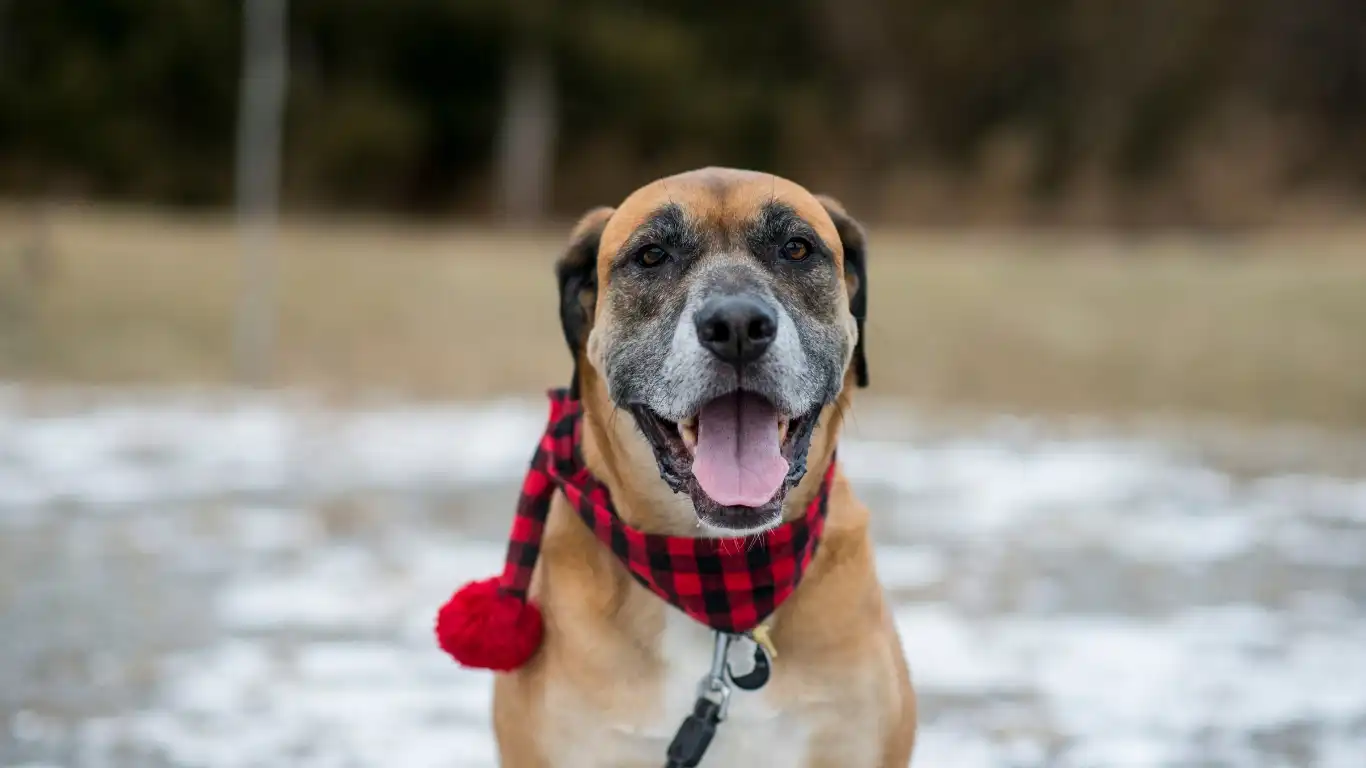
One of the most common issues that arise after a move is separation anxiety. The sudden change in their environment, coupled with the possibility of being left alone in a new space, can be overwhelming for your dog. If your dog shows signs of separation anxiety, such as destructive behavior, excessive barking, or even accidents indoors when left alone, it’s important to address this issue early.
6. Gradual Alone Time Training
To help your dog overcome separation anxiety, you should begin training them to be alone gradually. Start with short periods where you leave them in a room while you’re still in the house. Gradually increase the length of time you’re gone, rewarding your dog when they stay calm. I often recommend using puzzle toys or interactive feeders to keep your dog busy when they’re alone, so they don’t focus solely on your absence. The goal is to make the experience of being alone less stressful and more rewarding.
7. Consider Professional Help if Needed
If your dog’s anxiety persists despite your best efforts, it may be time to consult a professional. A veterinary behaviorist or a certified dog trainer can offer specialized strategies for managing anxiety. In some cases, your vet may even recommend medication to help your dog cope during the adjustment period. I’ve worked alongside behaviorists who have helped countless pets through similar situations, and they’ve provided invaluable guidance for pet owners dealing with more severe cases of anxiety.
References
For additional information on dog anxiety and behavior, here are some trusted resources you can explore:
- PawPatron – Your go-to pet care resource
- VetStreet – Articles and advice from veterinary professionals
Moving to a new home can be an exciting chapter in both your and your dog’s life, but it’s important to acknowledge that anxiety is a common challenge many pets face during such transitions. By following the tips and strategies outlined in this article, you can help your dog feel more secure and settled. Remember, the key is patience, love, and consistency. And if you ever feel uncertain, don’t hesitate to reach out to a professional who can guide you through the process.
Disclaimer: This article is for informational purposes only and is not a substitute for professional veterinary advice. Always consult your vet for any concerns regarding your dog’s health or behavior.
